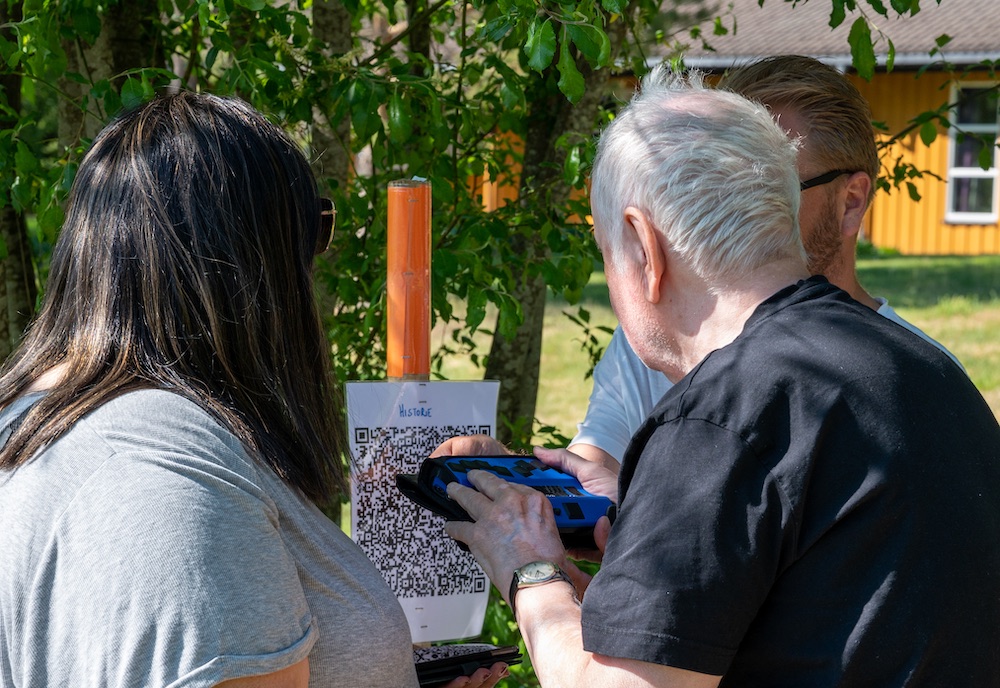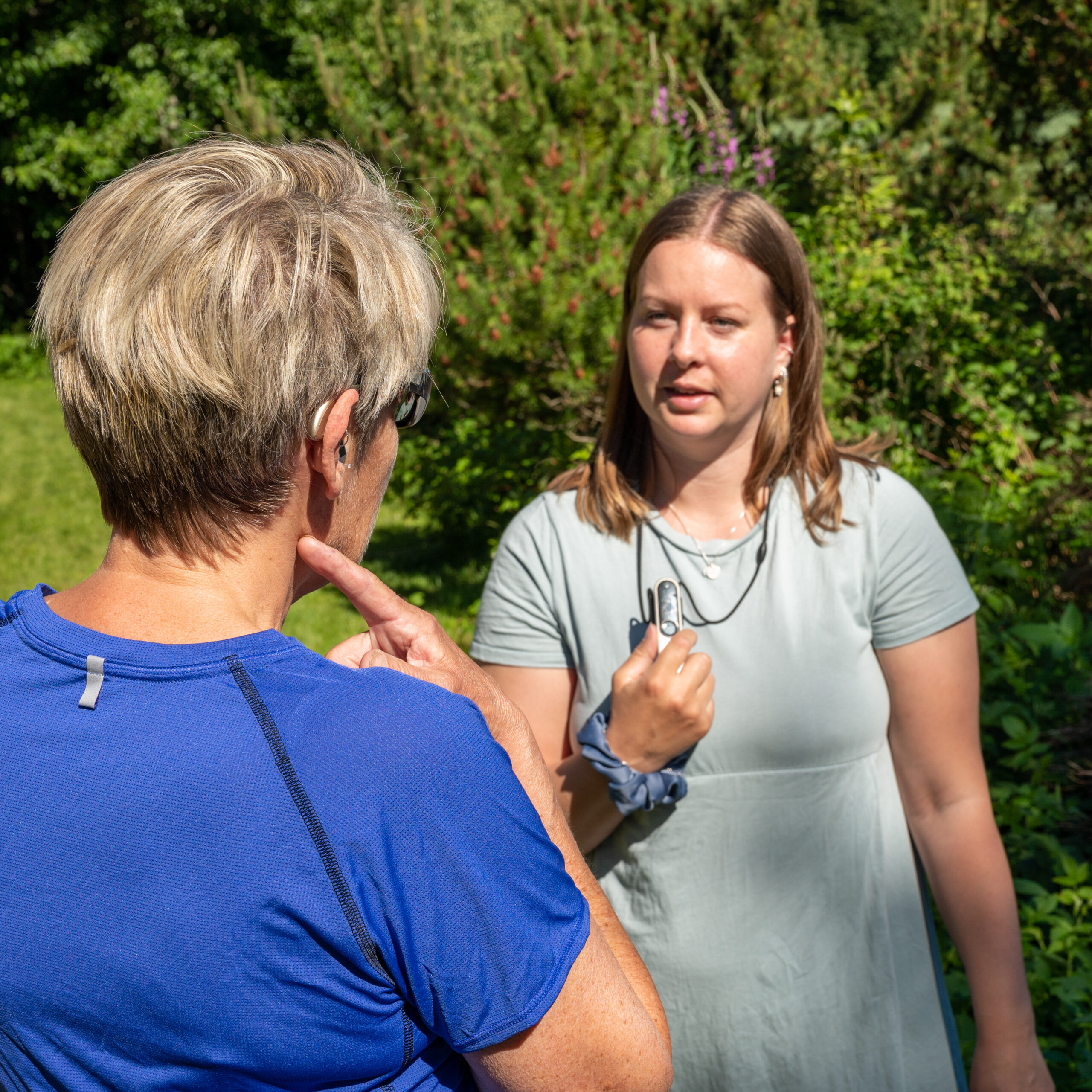Category: Deafblindness
Filter articles

PHARC - a rare syndrome
PHARC is a very rare syndrome caused by a mutation in the ABHD12 gene. PHARC involves combined visual and hearing impairment/deafblindness, polyneuropathy and cellular ataxia. Read more about what PHARC is, prevalence, treatment and support.

Deafblindness, Nordic definition revised
The Nordic definition of deafblindness was adopted at the Nordic Leadership Forum in June 2024. You can read about the definition here.

Deafblindness
Deafblindness is a term used to describe a combined visual and hearing impairment where the sensory losses mutually reinforce each other. Deafblindness is considered a separate disability. Deafblindness refers to a person who has such a high degree of combined visual and hearing impairment that it causes significant difficulties in daily life.

Usher syndrome, types and inheritance
Usher syndrome is a rare inherited genetic disorder that leads to combined visual and hearing impairment/deafblindness. Usher syndrome is the most common single cause of deafblindness in people under the age of 65. 50% of all deafblind people under the age of 65 have Usher syndrome. Usher syndrome is not linked to other neurological conditions, only visual and hearing impairment.

Usher syndrome and unreported cases in Norway
Usher syndrome is the most common syndrome leading to deafblindness, and 50% of all deafblind people under the age of 65 have Usher syndrome (Castiglione & Möller, 2022, p. 42). The diagnosis of Usher syndrome can be made on the basis of clinical findings or a genetic test.